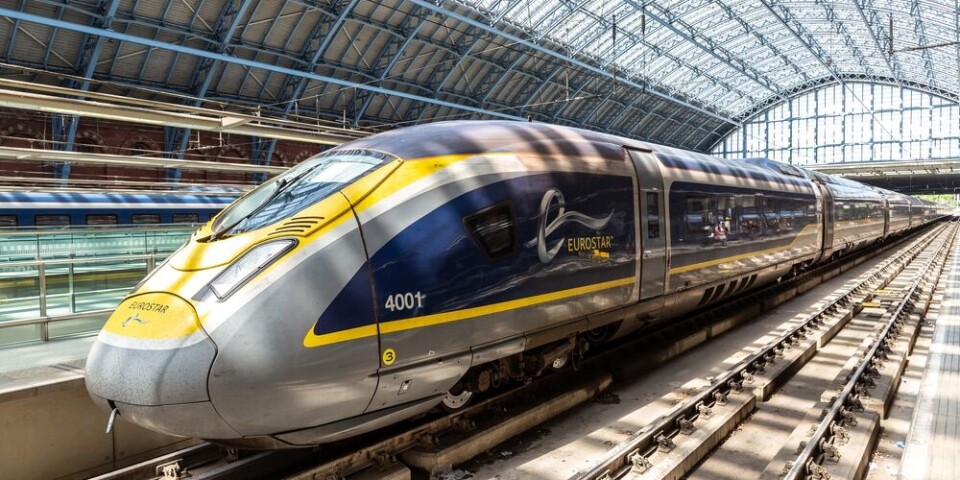What is the status of Monaco and Andorra residents for new EES digital borders scheme?
Progressive roll-out of new controls is set to begin from October 12
Monaco has de facto open borders with France
saiko3p/Shutterstock.
The two small European countries of Monaco and Andorra, which both have de facto open borders with France and the wider Schengen area, have different statuses with regard to the new EES digital border scheme.
EES, set to start on October 12 and roll out progressively over six months, will affect all non-EU/EEA/Swiss nationals visiting the Schengen area for a short visit of no more than 90/180 days.
They will be required to have a facial image and fingerprint scan taken and to have a database entry with their passport details, then be registered in and out of the Schengen area. This will, in due course, remove the need for passport stamps, it is planned.
As Monaco and Andorra are small non-EU countries within the borders of the Schengen area, visitors from outside Schengen usually arrive via the neighbouring countries of France and Spain. In future, they will in most cases be EES-registered at the point of entry/departure from these neighbouring countries if they do not have EU/EEA/Swiss citizenship.
There will not be any EES checks at the borders of Monaco and Andorra with France.
However, this raises the question of the status of people who live in the countries regarding EES registration.
No EES registration for citizens
Firstly, the EU, French and Monaco governments confirm that nationals of Monaco and Andorra (ie. having the citizenship of these countries) are exempt from EES.
The same applies to nationals of other European small countries including Liechtenstein, San Marino and the Vatican.
Holders of long-stay visas (those valid for more than three months) and residency cards issued by an EU state are similarly exempt.
What about other residents of the small countries?
With regard to non-EU/EEA/Swiss residents of Monaco who do not have Monegasque citizenship, Monaco’s government has confirmed to The Connexion that those who hold a residency document (titre de séjour) issued by Monaco are not affected by the EES.
From our research, this is because all Monaco residency cards were notified to the European Commission under article 39 of the Schengen Borders Code, relating to recognised residency documents.
This includes:
Carte de séjour de résident temporaire de Monaco
Carte de séjour de résident ordinaire de Monaco
Carte de séjour de résident privilégié de Monaco
Carte de séjour de conjoint de ressortissant Monégasque
However, at present no Andorran residency documents are officially recognised by the European Commission.
Negotiations are ongoing between the EU and Andorra on an agreement relating to border matters which may lead, in due course, to Andorran residency documents being officially notified and recognised.
In the meantime, those who live in Andorra and are not EU/EEA/Swiss citizens (or citizens of the small countries) are therefore not exempt from EES registration.
How will new EU border changes affect you?
Connexion subscribers can read our help guide to the EES and Etias for free on the Subscriber Resources page here.
If you are not subscribed to the Connexion either click here to subscribe or click here to purchase the guide for €9.50.




























